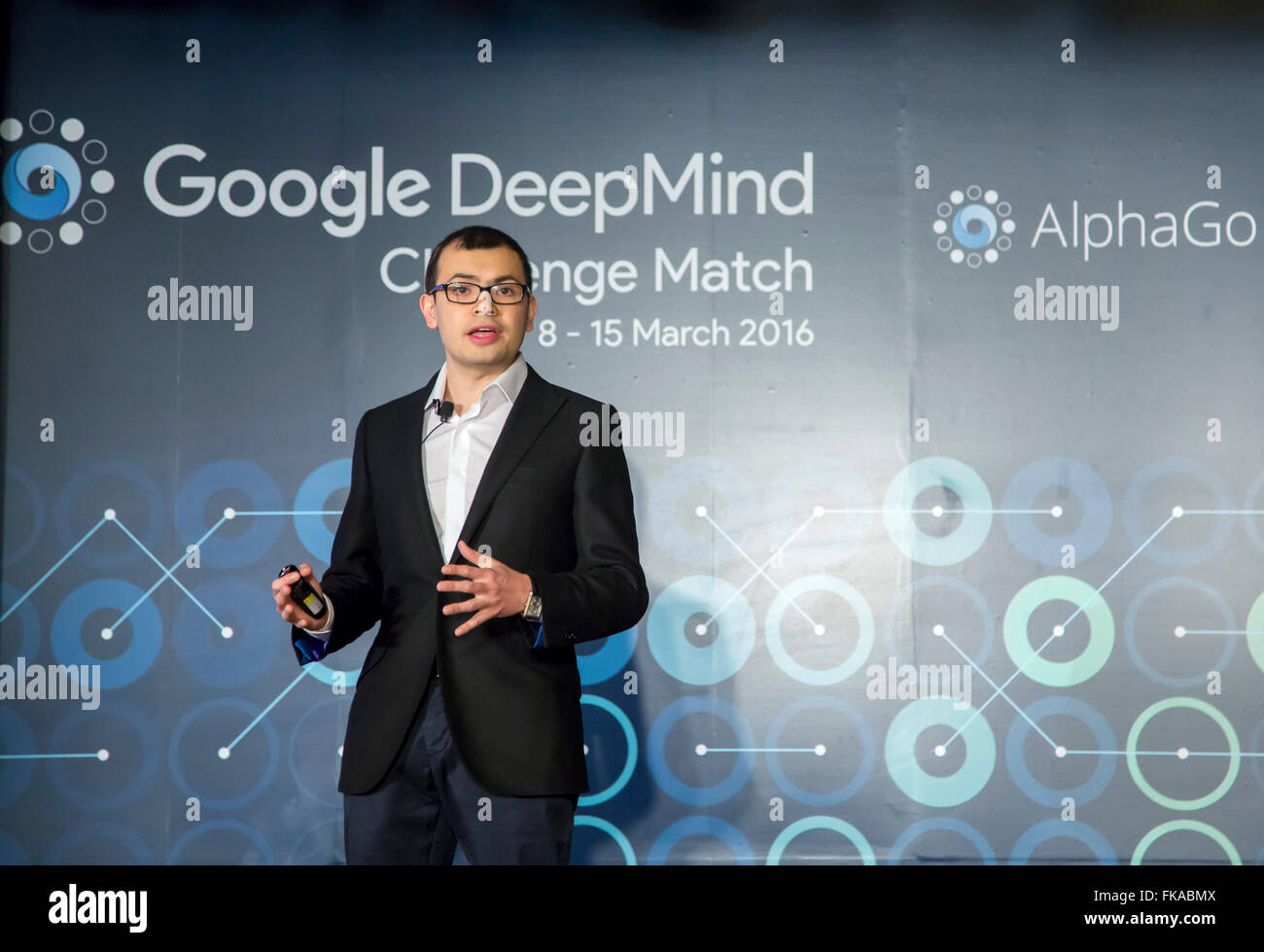
Generational Adversarial Networks or GANs is a term that describes generative modeling. But how do GANs actually work? What are some of the problems? How can we use GANs with PyTorch GANs in Generative Modeling and how they can be implemented are the topics covered in this article. This article can help you decide if GANs are right for you.
Generational adversarial networks (GANs)
Generational adversarial neural networks (GAN), are artificial neural network that can be trained in order to generate worlds that look remarkably like ours. These neural network can be used in a wide range of AI and data science applications. They are generative models that use unsupervised, generative learning to learn data distributions. They are generative models that use unsupervised learning to discover the true distribution of data, and generate new data points based upon it.
The basic architecture of a GAN consists of two competing processes: the discriminator and the generator. The discriminator performs a classification task on the basis of samples from a training dataset. The MNIST data is used to train a discriminator that determines whether these are real or fake samples. D(x) indicates how likely it is that the sample was created using the training dataset.

They are a success story in generative modeling
The GAN has been a successful candidate for generative modeling applications. The GAN artificial intelligence method creates new images and photos based on a data set using a latent space representation. The output can be visually examined and used for training generative models. GAN's ability, however, to visually assess the output doesn't guarantee its success with generative modeling applications. GAN cannot understand 3-d images. This is the main limitation of GAN.
To improve its performance, GAN models are trained by generating data that mimics the original. Machine learning algorithms can be fooled by noise, so GANs are designed to produce fake results that look similar to the original. This process is useful for image translation, image conversion to video, and style transfer. GAN models may even be used to colorize photographs in certain cases.
GANs: Troubles
GANs can have many problems. The most serious is mode collapse. Mode collapse occurs when the Generator generates digits different than zero, or when the generator only knows a limited number of modes. There are many reasons mode collapse may occur and there are options. We'll be discussing three common issues with GANs and ways to avoid them. Listed below are some tips for dealing with these issues.
Mode Collapse. A GAN can produce multiple outputs during training. Mode collapse is a problem where the generator cannot produce a particular type of output. This can occur due to issues during training, or because the generator finds a particular set of data to be easy to fool. You will need to change the training program in these cases. For example, while the generator may be trained on fake data and the discriminator from real data, it is still necessary to train the discriminator.

Their implementation in PyTorch
The GAN is an advanced machine learning algorithm, and Python is the language of choice for its easy to use, transparent implementation. PyTorch uses the Matplotlib library to create plots. In addition to PyTorch, Jupyter Notebook is an interactive environment for running Python code. Here are some useful tips for learning Python and GANs. For a more detailed introduction to GANs, check out the beginners' Guide.
The generative adversarial networks (GAN), which use two neural networks to imitate real data, and create synthetic samples using real ones, uses these two neural network. GAN architecture, a machine learning technique for producing fake photosrealistic images, is powerful. GAN is an open-source deep-learning framework. PyTorch provides the building blocks necessary to create GAN networks. It contains fully connected neural networks, convolutional layers, and training functions.
FAQ
What does the future hold for AI?
The future of artificial intelligence (AI) lies not in building machines that are smarter than us but rather in creating systems that learn from experience and improve themselves over time.
So, in other words, we must build machines that learn how learn.
This would enable us to create algorithms that teach each other through example.
We should also look into the possibility to design our own learning algorithm.
It is important to ensure that they are flexible enough to adapt to all situations.
Who was the first to create AI?
Alan Turing
Turing was born 1912. His father was a clergyman, and his mother was a nurse. He was an excellent student at maths, but he fell apart after being rejected from Cambridge University. He began playing chess, and won many tournaments. He was a British code-breaking specialist, Bletchley Park. There he cracked German codes.
He died on April 5, 1954.
John McCarthy
McCarthy was born on January 28, 1928. He was a Princeton University mathematician before joining MIT. There, he created the LISP programming languages. He was credited with creating the foundations for modern AI in 1957.
He passed away in 2011.
What is the newest AI invention?
Deep Learning is the newest AI invention. Deep learning is an artificial intelligent technique that uses neural networking (a type if machine learning) to perform tasks like speech recognition, image recognition and translation as well as natural language processing. Google created it in 2012.
Google was the latest to use deep learning to create a computer program that can write its own codes. This was done with "Google Brain", a neural system that was trained using massive amounts of data taken from YouTube videos.
This enabled the system learn to write its own programs.
IBM announced in 2015 the creation of a computer program which could create music. Another method of creating music is using neural networks. These are sometimes called NNFM or neural networks for music.
How does AI work?
An algorithm refers to a set of instructions that tells computers how to solve problems. An algorithm can be described as a sequence of steps. Each step has a condition that dictates when it should be executed. A computer executes each instruction sequentially until all conditions are met. This is repeated until the final result can be achieved.
For example, suppose you want the square root for 5. One way to do this is to write down all numbers between 1 and 10 and calculate the square root of each number, then average them. However, this isn't practical. You can write the following formula instead:
sqrt(x) x^0.5
This will tell you to square the input then divide it twice and multiply it by 2.
This is the same way a computer works. It takes your input, squares and multiplies by 2 to get 0.5. Finally, it outputs the answer.
How does AI impact work?
It will transform the way that we work. It will allow us to automate repetitive tasks and allow employees to concentrate on higher-value activities.
It will help improve customer service as well as assist businesses in delivering better products.
It will enable us to forecast future trends and identify opportunities.
It will help organizations gain a competitive edge against their competitors.
Companies that fail AI adoption will be left behind.
Which countries are currently leading the AI market, and why?
China leads the global Artificial Intelligence market with more than $2 billion in revenue generated in 2018. China's AI industry is led in part by Baidu, Tencent Holdings Ltd. and Tencent Holdings Ltd. as well as Huawei Technologies Co. Ltd. and Xiaomi Technology Inc.
China's government is investing heavily in AI research and development. Many research centers have been set up by the Chinese government to improve AI capabilities. These include the National Laboratory of Pattern Recognition, the State Key Lab of Virtual Reality Technology and Systems, and the State Key Laboratory of Software Development Environment.
Some of the largest companies in China include Baidu, Tencent and Tencent. All these companies are actively working on developing their own AI solutions.
India is another country that has made significant progress in developing AI and related technology. India's government is currently working to develop an AI ecosystem.
Statistics
- While all of it is still what seems like a far way off, the future of this technology presents a Catch-22, able to solve the world's problems and likely to power all the A.I. systems on earth, but also incredibly dangerous in the wrong hands. (forbes.com)
- Additionally, keeping in mind the current crisis, the AI is designed in a manner where it reduces the carbon footprint by 20-40%. (analyticsinsight.net)
- The company's AI team trained an image recognition model to 85 percent accuracy using billions of public Instagram photos tagged with hashtags. (builtin.com)
- By using BrainBox AI, commercial buildings can reduce total energy costs by 25% and improves occupant comfort by 60%. (analyticsinsight.net)
- In 2019, AI adoption among large companies increased by 47% compared to 2018, according to the latest Artificial IntelligenceIndex report. (marsner.com)
External Links
How To
How to set up Google Home
Google Home, an artificial intelligence powered digital assistant, can be used to answer questions and perform other tasks. It uses natural language processing and sophisticated algorithms to answer your questions. You can search the internet, set timers, create reminders, and have them sent to your phone with Google Assistant.
Google Home works seamlessly with Android phones or iPhones. It allows you to access your Google Account directly from your mobile device. You can connect an iPhone or iPad over WiFi to a Google Home and take advantage of Apple Pay, Siri Shortcuts and other third-party apps optimized for Google Home.
Like every Google product, Google Home comes with many useful features. Google Home will remember what you say and learn your routines. When you wake up, it doesn't need you to tell it how you turn on your lights, adjust temperature, or stream music. Instead, you can say "Hey Google" to let it know what your needs are.
Follow these steps to set up Google Home:
-
Turn on Google Home.
-
Hold down the Action button above your Google Home.
-
The Setup Wizard appears.
-
Continue
-
Enter your email and password.
-
Choose Sign In
-
Your Google Home is now ready to be